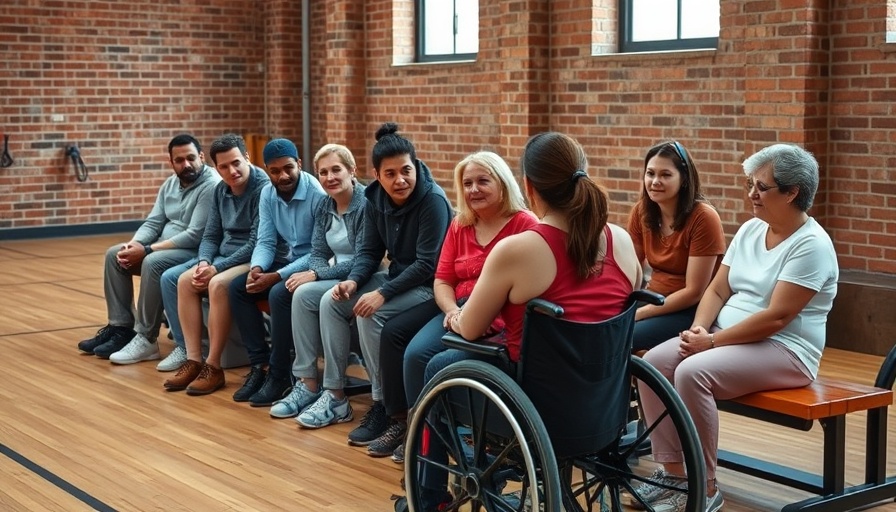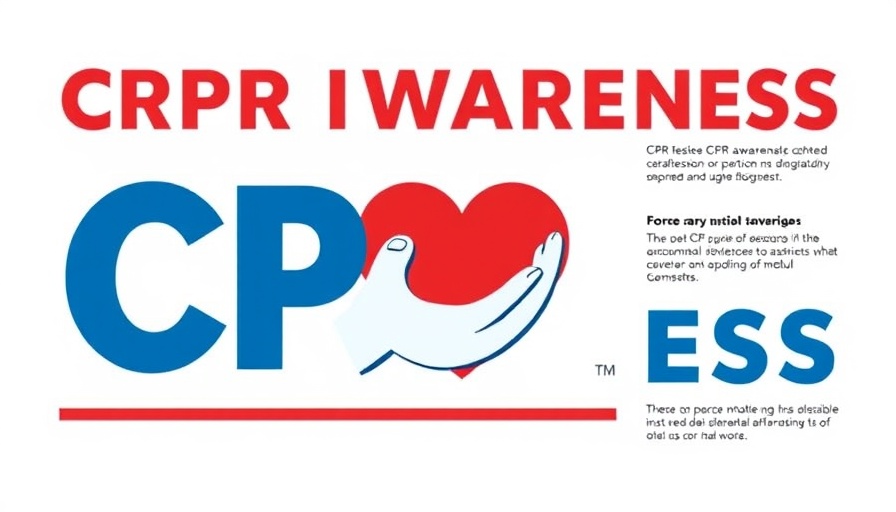
Empowering All Students: The Future of Inclusive PE
Physical education (PE) should be a cornerstone of every student's school experience, providing not only physical development but also a sense of belonging and community. At the University of Brighton, the Secondary Physical Education PGCE course is taking groundbreaking strides to ensure that PE is accessible and equitable for all students, regardless of their abilities. This initiative recognizes that every child deserves the opportunity to participate in active learning, fostering both individual health and collective well-being.
The Importance of Inclusivity in Education
One of the primary focuses of the training for trainee PE teachers at Brighton is how to engage students with additional learning needs. Recent disability sport awareness sessions introduced trainees to the concept of inclusive physical education, emphasizing the importance of understanding various disabilities, such as those affecting mobility, vision, and hearing. As Dr. Gary Stidder, the course leader, explains, “Adapting teaching to respond to the strengths and needs of all pupils is an essential quality of all physical education teachers.” By learning to adapt activities, teachers can ensure that every child has a safe and enjoyable space to learn and play.
Innovative Pedagogical Models for PE
The training incorporates several pedagogical models designed to facilitate inclusivity. For example, the Inclusion Spectrum allows teachers to mix open, parallel, modified, and separate activities according to the needs of their students. Additionally, the STTEPP Model focuses on various elements such as Space, Time, Task, Equipment, People, and Places to further guide teaching methods. Lastly, the TRREE Model integrates Teaching Rules, Regulations, Equipment, and Environment to create an informed and accessible PE curriculum. These models equip future teachers with the tools necessary to adapt lessons dynamically to support diverse populations of students.
The Broader Impact of Inclusive PE
Inclusive PE is not just about compliance or meeting educational standards; it reflects a vital cultural shift within schools towards empathy and unity. Introducing disability sports into the curriculum provides able-bodied students valuable lessons in compassion, understanding, and teamwork. Engaging in these activities teaches students about resilience and the various forms of strength, fostering a supportive environment that transcends the classroom and nurtures community bonds.
Real-Life Applications: Training in Action
As the new trainee teachers immerse themselves in this curriculum, they actively engage in practical sessions aimed at developing their skills. With hands-on experiences, they learn to adapt games and sports to accommodate all learners—an essential facet of modern education. Watching them in action, as captured by student PE teacher Jack Griffin, showcases the enthusiasm and commitment of these future educators to create fully inclusive environments.
Health Benefits and Thriving Communities
Focusing on inclusion in physical education has far-reaching implications for both personal and community health. Physical activity is essential for maintaining a healthy lifestyle, and ensuring everyone can access this aspect of wellness helps build communities that prioritize health for all. Encouraging students to engage in active lifestyles from a young age aids in combating issues like childhood obesity and promoting mental health. Indeed, fostering healthy habits among the youth will contribute to healthier generations.
Navigating Challenges and Opportunities for Growth
While there have been strides in inclusive PE, challenges remain. Many teachers may lack adequate training or resources to fully implement inclusive practices. Addressing these gaps requires ongoing dialogue, professional development, and community involvement. By advocating for resources and support networks for teachers, we can create environments where all students thrive.
Conclusion: A Call to Action for Inclusion
As we continue to champion accessible physical education, it becomes imperative for community members, educators, and policymakers to work together. Building partnerships with organizations that focus on health and wellness is essential to pushing for sustained changes in PE. Through collaboration and targeted efforts, we can ensure that all students, regardless of their needs, feel empowered and included in the world of physical education. Empowered educators and an inclusive curriculum not only advocate for change in schools but also contribute to a healthier, more understanding society.
Interested in supporting accessible physical education programs or becoming part of the teaching community? Reach out to local educational institutions today and learn how you can help make a difference.
 Add Row
Add Row  Add
Add 


Write A Comment